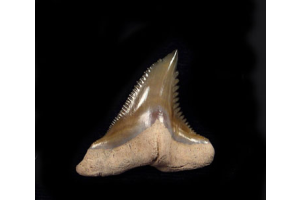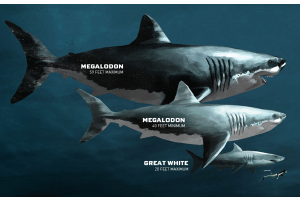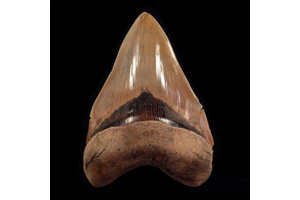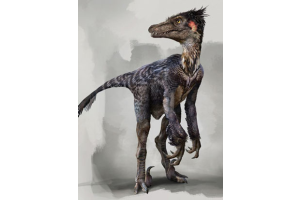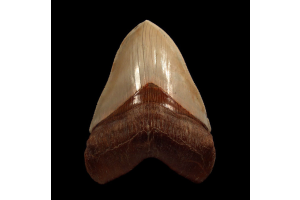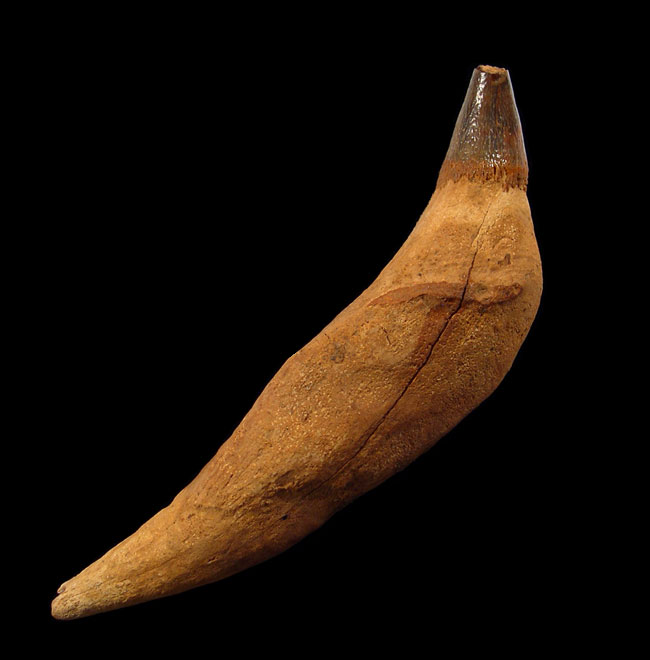
If you were asked to name types of whales, what would spring to your mind?
Chances are you would think of the blue whale or the humpback whale. And why not? They are some of the most popular whales in existence. The blue whale is the largest animal to ever live. A recent fossil discovery of an ancient blue whale, named Leviathan or Livyatan, has proven that these behemoths have been roaming the waters for quite a while. They evolved over the course of approximately 50 million years from the small, terrestrial four-legged ancestors to the giants of the sea that we know today.
Here are some of the prehistoric progenitors of the modern-day whales that you might not know about:
-
Acrophyseter
The Acrophyseter’s full name is Acrophyseter deinodon, which roughly translates to "pointy-snouted sperm whale with terrible teeth." Belonging to the late Miocene epoch, this prehistoric whale measured around 12 feet and was characterized by its moderate size and long, pointed snout with sharp teeth. Unlike the modern sperm whale, which has a diet rich in fish and squids, the Acrophyseter ate sharks, seals, penguins, and even other whales. -
Basilosaurus
Basilosaurus, which means “king lizard,” was one the largest whales of the late Eocene epoch and the first prehistoric whale known to science. It is believed to have been most commonly found in the Tethys Ocean. When their fossils were first discovered, they were thought to be that of a giant reptile. They had various types of teeth, including molars and canines, which allowed them to chew their food properly. -
Janjucetus
Janjucetus was a basal baleen whale that belonged to the late Oligocene epoch. Its fossil was discovered on the Southern coast of Australia by a teenage surfer. At 12 feet long and around 500 to 1000 pounds, the Janjucetus are considered to be ancestors of the modern blue whale. Much like their close contemporary Mammalodon, they had huge, sharp teeth that were properly separated, which allowed them to exhibit shark-like behavior, such as preying on large fish. -
Cetotherium
Cetotherium, which is Greek for “whale beast,” is another extinct genus of baleen whales. Belonging to the Middle Miocene epoch, these whales can be considered as smaller and thinner versions of the gray whale that you may be familiar with. Unlike the modern gray whale, they were much smaller and probably could not be spotted from far away. They mostly ate plankton. It is believed that they were preyed upon by large prehistoric sharks, including Megalodon. -
Maiacetus
The Maiacetus (mother whale) lived on the shores of Central Asia in the early Eocene epoch. They were approximately seven feet long and weighed 600 pounds. They earned their name from the discovery of a fossil, which was that of an adult female with a fetus that was positioned for head-first delivery. The fossil indicated that this genus gave birth on land.
Find fossilized whale tooth for sale at Buried Treasure Fossil. Check out our store to discover an extensive collection of authentic whale teeth for sale.






